We all know the icons: the Pyramids, the Colosseum, and the Taj Mahal. They are magnificent, but they are also just the beginning of the story. Around the globe, hidden in remote jungles, perched on forgotten cliffs, or buried beneath modern cities, lie countless lesser-known landmarks that hold just as much history and wonder. These are the historical hidden gems that haven’t yet made it onto every postcard but offer something arguably more valuable: a sense of true discovery.
This list is for the traveler who wants to step off the beaten path. These are not just ruins; they are the sprawling capitals of forgotten African kingdoms, secret underground cities, and “lost” Inca citadels that rival their more famous counterparts. Get ready to explore 10 of the world’s most incredible off-the-beaten-path destinations that will change how you see history.
10. Choquequirao, Peru

The Secret Sister of Machu Picchu
Tucked away in the remote Vilcabamba mountain range, Choquequirao (meaning “Cradle of Gold” in Quechua) is often called Machu Picchu’s sacred sister. While it matches its famous sibling in scale and grandeur, this lesser-known Incan site receives fewer than 1% of the visitors. The reason? It’s accessible only via a challenging two-day trek descending deep into the Apurímac River canyon and then climbing steeply back up to reach the ruins.
Exploring the Lost City in Solitude
Unlike the crowds at Machu Picchu, visitors to Choquequirao are often rewarded with complete solitude. You can wander through expansive plazas, temples, and agricultural terraces carved dramatically into the mountainside. Don’t miss the unique stone mosaic llamas built into the terrace walls, a feature found nowhere else in the Incan world.
A Rewarding Journey into Incan History
The trek may be demanding, but standing alone in the main plaza, surrounded by mist and silence, feels like stepping back in time. Choquequirao offers an authentic connection to the mystery and resilience of the Inca Empire, untouched by mass tourism. For adventurous travelers and history lovers alike, it’s one of the most rewarding hidden landmarks in South America — a sacred city you have to truly earn.
9. Great Zimbabwe, Zimbabwe

The Lost Kingdom of Southern Africa
When many people think of massive ancient ruins, they don’t often think of sub-Saharan Africa. Great Zimbabwe shatters that misconception. These are the spectacular ruins of the capital of the Kingdom of Zimbabwe, a powerful trading empire that flourished from the 11th to the 15th centuries. The site is a marvel of engineering and architecture, built entirely from massive, precisely cut granite blocks fitted together without any mortar.
The Great Enclosure and Its Mysteries
The most impressive structure is the Great Enclosure, with its high, curving walls and a mysterious 30-foot-tall conical tower. It stands as a silent testament to a sophisticated African civilization whose influence stretched across the continent. The site’s scale and artistry make it one of the most important forgotten cities in Africa and a symbol of ingenuity and resilience.
8. Hampi, India
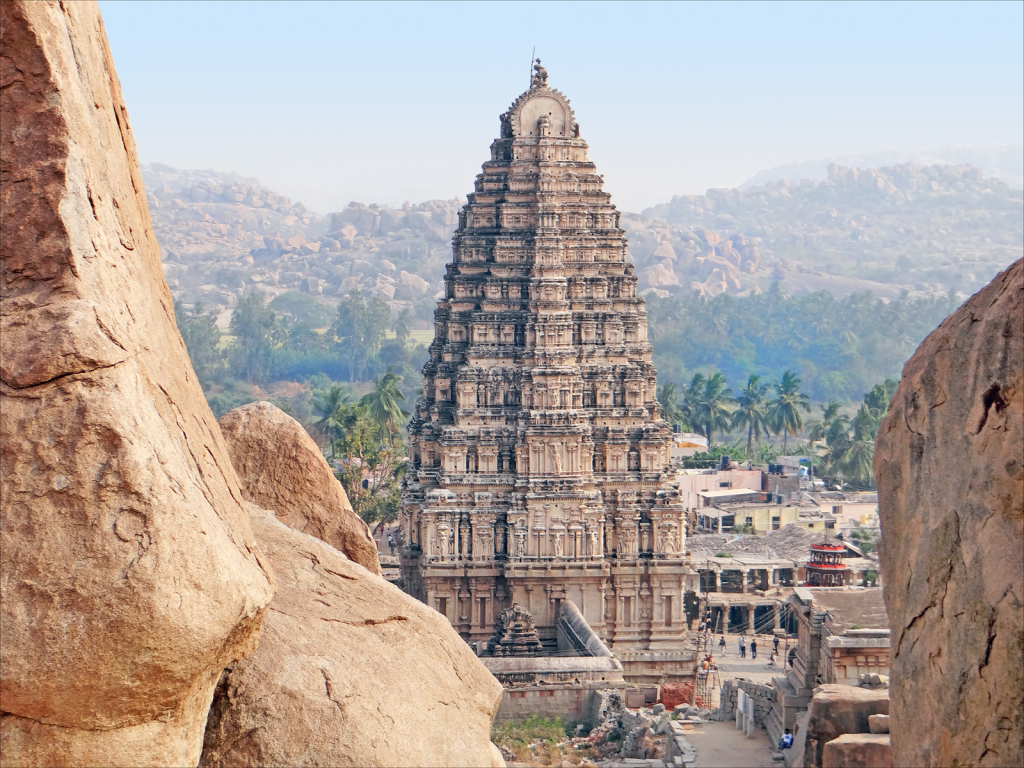
The Forgotten Empire of Southern India
While the Taj Mahal is India’s most famous landmark, the ruins of Hampi are arguably its most magical. Set in a surreal landscape of giant, rust-colored boulders, Hampi was the capital of the Vijayanagara Empire, one of the largest and wealthiest cities in the world during the 16th century. Today, the sprawling ruins cover over 40 square kilometers, offering endless exploration.
Temples, Bazaars, and Living Heritage
You can rent a bicycle and ride between temples, ancient bazaars, royal enclosures, and elephant stables. The Virupaksha Temple remains an active place of worship, while the Vittala Temple is known for its musical pillars that resonate with sound. Hampi is a breathtaking fusion of geology, mythology, and history that feels almost otherworldly.
7. Derinkuyu Underground City, Turkey
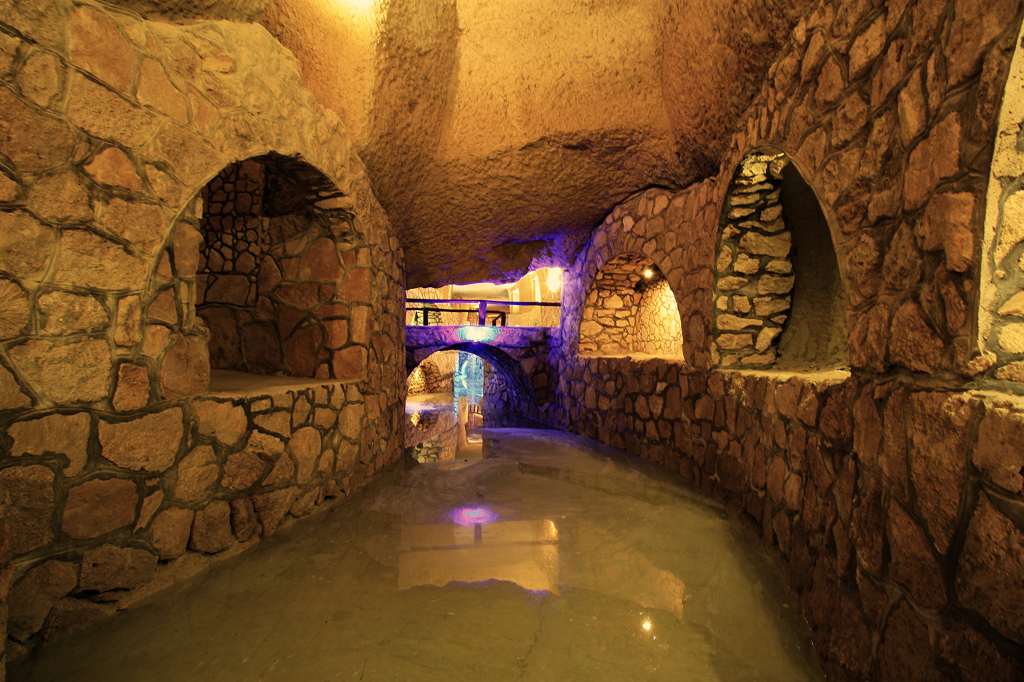
The Hidden World Beneath Cappadocia
The Cappadocia region of Turkey is famous for its fairy chimneys and hot air balloons, but its greatest marvel lies deep underground. Derinkuyu is an ancient multi-level underground city built by the Phrygians thousands of years ago. What’s astonishing is its size and sophistication: it could shelter up to 20,000 people along with livestock and supplies across 18 levels.
Life Below the Surface
The city included everything needed for life—ventilation shafts, wells, wine presses, schools, and chapels. Over the centuries, different peoples, including early Christians, used it as a refuge during invasions. Exploring Derinkuyu’s narrow tunnels feels like entering another world, revealing the incredible adaptability of ancient civilizations.
6. Monemvasia, Greece

The Hidden Fortress of the Peloponnese
While tourists flock to Santorini and Mykonos, the fortress town of Monemvasia in the Peloponnese remains one of Greece’s best-kept secrets. Built into a massive sea rock connected to the mainland by a single causeway, the town is completely hidden from view until you enter through a stone tunnel.
A Step Back in Time
Inside, narrow cobbled streets wind between Byzantine churches, Venetian mansions, and charming stone houses. A steep path leads to the upper citadel, offering sweeping views of the Aegean Sea. Monemvasia feels like a living medieval museum, where history, architecture, and atmosphere merge beautifully.
5. Timgad, Algeria
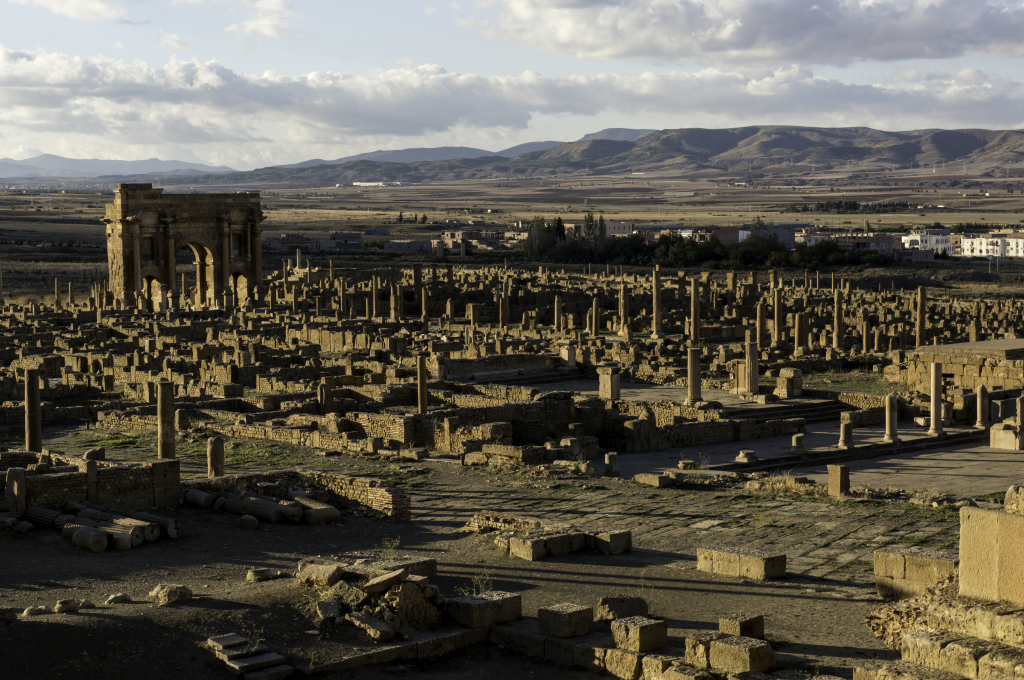
The Roman City Buried by Sand
Known as the African Pompeii, Timgad is one of the most remarkably preserved Roman cities in existence. Founded by Emperor Trajan around 100 AD, this North African settlement was eventually abandoned and buried by Saharan sands, which perfectly protected its layout and structures.
A Glimpse of Roman Urban Life
Visitors can walk along original stone streets lined with columns, explore public baths, and see the remnants of a library and a 3,500-seat theater still in fine condition. The towering Arch of Trajan dominates the site, rivaling any in Rome. Timgad offers a vivid look into the daily life and grandeur of the Roman Empire’s farthest frontiers.
4. Ani, Turkey

The Forgotten City of a Thousand Churches
Once a thriving medieval metropolis on the Silk Road, Ani was the capital of the Armenian Bagratid Kingdom in the 10th and 11th centuries. Known as the “City of a Thousand Churches,” it was one of the largest cities in the world at its peak, rivaling Constantinople and Baghdad. Today, its haunting ruins sit on a windswept plateau near the Turkish-Armenian border, overlooking the Akhurian River gorge.
A Lost Crossroads of Civilizations
Ani’s surviving monuments include the Cathedral of Ani, the Church of St. Gregory, and fragments of the ancient city walls that once protected merchants and pilgrims. Earthquakes, invasions, and shifting trade routes eventually led to its abandonment, leaving behind a ghostly open-air museum of medieval architecture. The isolation adds to its beauty; as you walk among the crumbling stone arches and empty streets, you can almost hear echoes of the bustling Silk Road era. Ani remains one of the most atmospheric and overlooked archaeological sites in the world — a place where history, faith, and time stand still.
3. Lalibela, Ethiopia
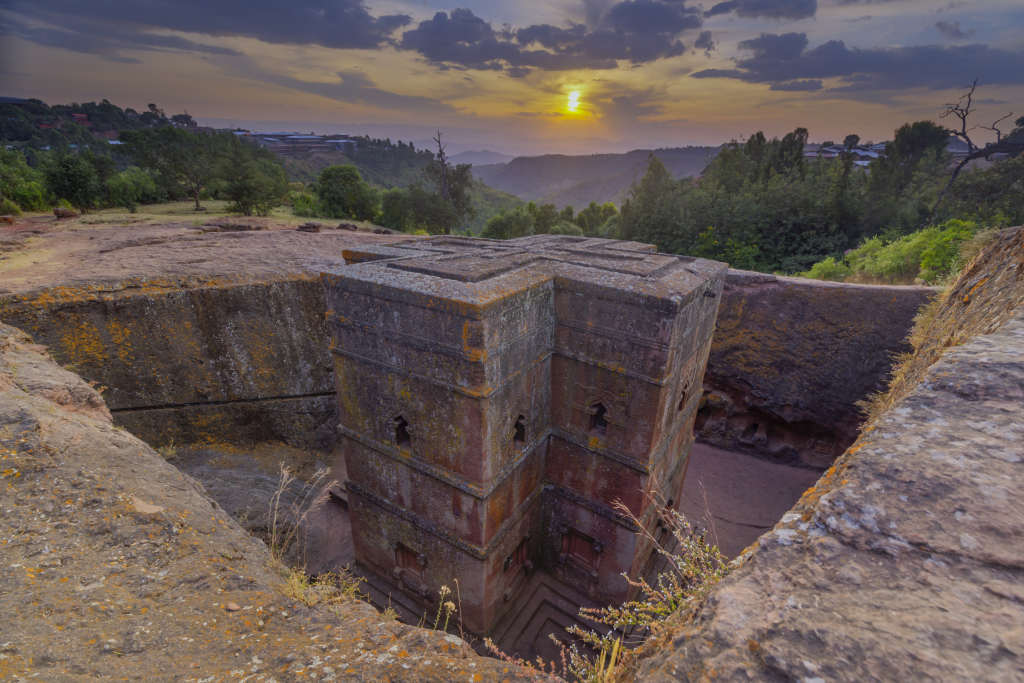
Churches Carved from Living Rock
In Ethiopia’s northern highlands stands Lalibela, one of the most astonishing religious sites in the world. Unlike most monuments, Lalibela’s 11 medieval churches were not built but carved directly into solid volcanic rock during the 12th century. This remarkable feat of engineering created a spiritual city hidden below ground level.
A Living Pilgrimage Site
The most iconic of the rock-hewn churches is Bete Giyorgis, or the Church of St. George, shaped perfectly like a cross and connected by narrow tunnels to the other sanctuaries. Lalibela remains an active pilgrimage site for Ethiopian Orthodox Christians. Visiting it feels like entering a sacred time capsule where faith, art, and devotion blend seamlessly.
2. Mrauk U, Myanmar
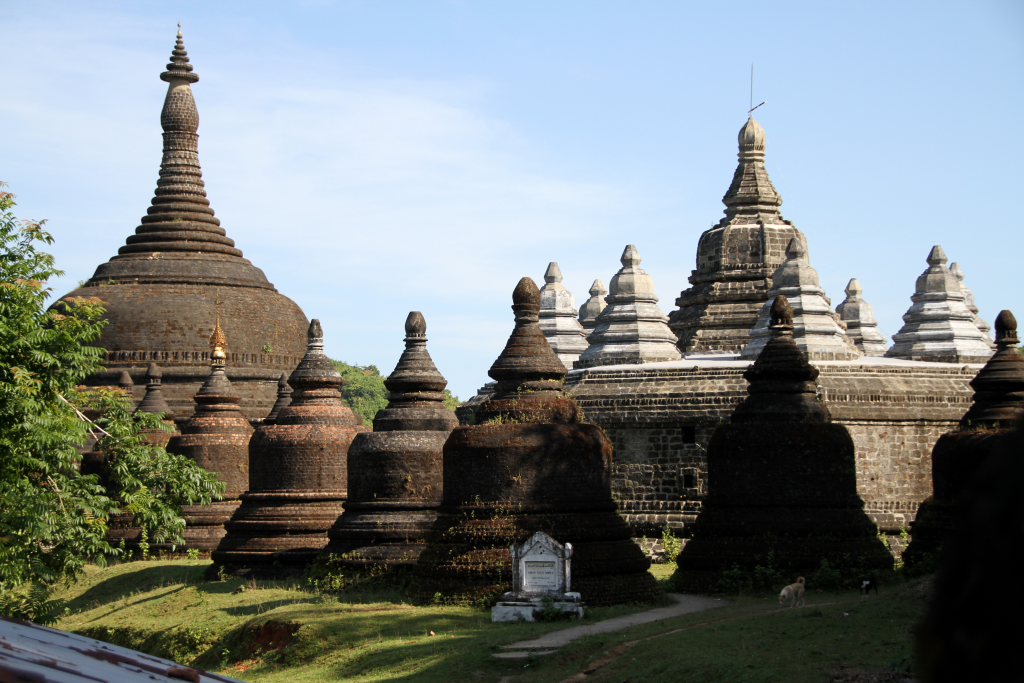
The Lost City of the Arakan Kingdom
While most visitors to Myanmar head to the temples of Bagan, few venture to the remote ruins of Mrauk U. Once the capital of a powerful coastal kingdom, Mrauk U flourished from the 15th to the 18th centuries as a major trading hub linking Asia and the Middle East.
Mist and Mystery Among the Temples
The temples of Mrauk U, built from dark stone, rise from mist-covered hills, creating an almost dreamlike atmosphere. Many structures are half reclaimed by the jungle, giving the city an aura of mystery and discovery. It’s an untouched archaeological treasure that feels like stepping straight into the pages of an adventure novel.
1. Varosha, Cyprus

The Ghost Resort of the Mediterranean
Not all historical landmarks are ancient. Varosha, a suburb of Famagusta, was one of the Mediterranean’s most glamorous resorts in the early 1970s. Celebrities like Elizabeth Taylor and Brigitte Bardot vacationed there. But after the Turkish invasion of Cyprus in 1974, the city was abruptly evacuated.
Frozen in Time
Since then, Varosha has remained sealed off, its hotels and apartments slowly decaying under the sun. Nature has taken over the once-bustling streets, creating an eerie atmosphere frozen in the past. Today, parts of Varosha have reopened for limited visits, offering a haunting look at how political conflict can turn paradise into a ghost town.



